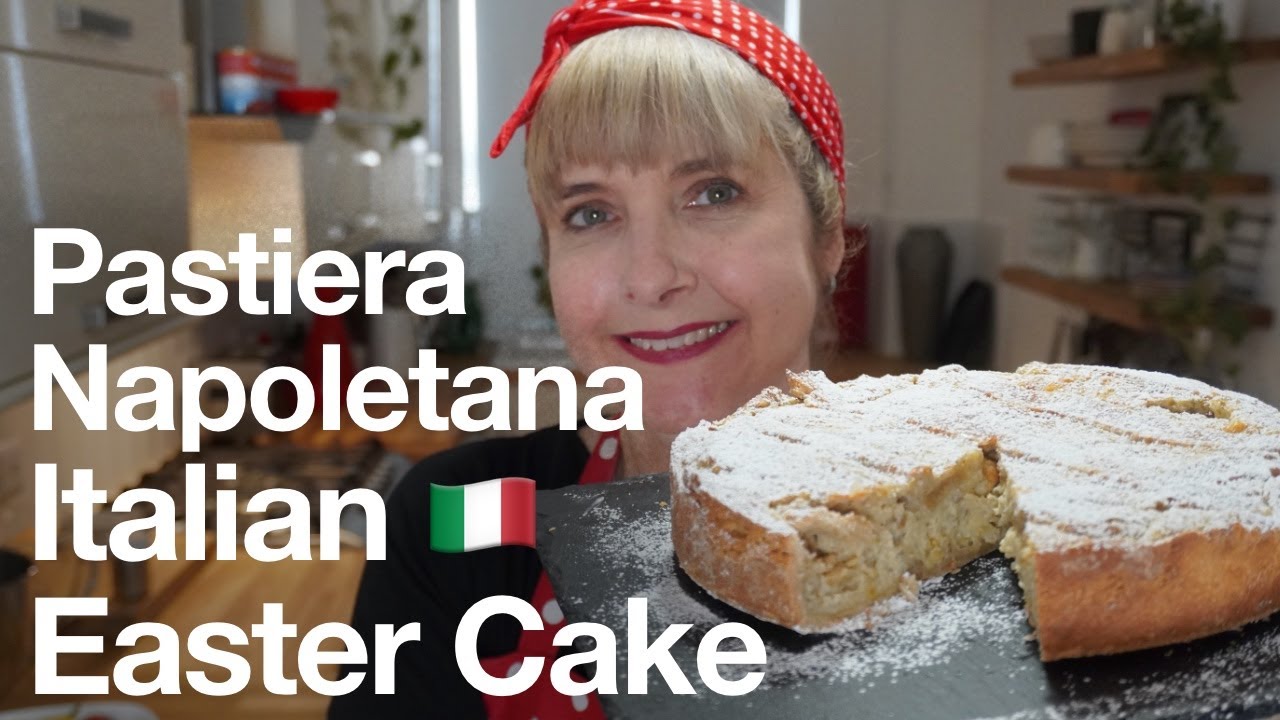Introduction:
As Easter approaches, it’s time to indulge in the delicious flavors of tradition with a homemade Italian Easter cake. This delectable dessert, known as “Colomba di Pasqua,” is a symbol of rebirth and renewal, making it the perfect addition to your holiday table. Join me as we explore the history, ingredients, and step-by-step process of creating this iconic Italian treat.
The Origins of Colomba di Pasqua :
The origins of Colomba di Pasqua can be traced back to ancient Rome, where it was customary to celebrate the arrival of spring with sweet bread-like cakes. Over time, this tradition evolved into the modern-day Colomba di Pasqua, which bears a striking resemblance to the shape of a dove, symbolizing peace and resurrection.
Essential Ingredients : To embark on this culinary journey, you’ll need to gather a few key ingredients:
- Flour: Use high-quality flour for the best texture and flavor.
- Sugar: Sweeten the dough to perfection.
- Eggs: Provide richness and structure to the cake.
- Butter: Adds a luxurious melt-in-your-mouth quality.
- Yeast: A crucial leavening agent for that light and airy texture.
- Candied Fruit: Traditional Colomba di Pasqua includes candied orange peel and citron for a burst of flavor.
- Almonds: Garnish your cake with sliced almonds for an elegant finishing touch.
Step-by-Step Preparation : Now that you have your ingredients assembled, let’s dive into the baking process:
Prepare the Dough: Start by mixing the flour, sugar, eggs, butter, and yeast in a large bowl. Knead the dough until it’s smooth and elastic.
Add the Fruit: Gently fold in the candied fruit and almonds until evenly distributed throughout the dough.
Shape the Cake: Transfer the dough to a Colomba di Pasqua mold or shape it into a dove-like form on a baking sheet.
Proofing and Baking: Allow the dough to rise in a warm place until doubled in size. Then, bake it in a preheated oven until golden brown and fragrant.
Decorating Your Colomba : Once your Italian Easter cake has cooled, it’s time to add the finishing touches:
Glaze: Brush the surface of the cake with a simple syrup to add shine and sweetness.
Almond Topping: Sprinkle sliced almonds on top of the cake for a crunchy texture and visual appeal.
Powdered Sugar: Dust the finished Colomba di Pasqua with powdered sugar for an extra touch of elegance.
Serving and Enjoyment :
Slice your freshly baked Colomba di Pasqua and serve it alongside a cup of espresso or a glass of sweet wine. Each bite will transport you to the rolling hills of Italy, where tradition and flavor come together in perfect harmony.
Conclusion :
In conclusion, making an authentic Italian Easter cake is a rewarding culinary experience that honors centuries of tradition. With its rich history, delicious ingredients, and symbolic significance, Colomba di Pasqua is sure to become a cherished addition to your holiday celebrations for years to come.
FAQs :
1. Can I make Colomba di Pasqua without a special mold? Absolutely! While traditional Colomba molds are shaped like doves, you can still achieve a similar result by shaping the dough on a baking sheet or using a round cake pan.
2. How long does Colomba di Pasqua stay fresh? Stored in an airtight container at room temperature, Colomba di Pasqua will stay fresh for up to a week. However, it’s best enjoyed within the first few days of baking for optimal flavor and texture.
3. Can I customize the fruit and nut fillings in my Colomba di Pasqua? Certainly! Feel free to experiment with different types of candied fruit, nuts, and even chocolate chips to create a Colomba di Pasqua that reflects your personal taste preferences.
4. Is Colomba di Pasqua difficult to make for beginners? While Colomba di Pasqua requires some patience and attention to detail, it’s definitely achievable for beginners with basic baking skills. Just follow the recipe carefully, and don’t be afraid to ask for help if needed.
5. Can I freeze Colomba di Pasqua for later enjoyment? Yes, Colomba di Pasqua freezes well. Wrap it tightly in plastic wrap and then aluminum foil before freezing for up to three months. Thaw it overnight in the refrigerator before serving, and enjoy a taste of Easter any time of year.
